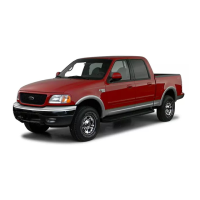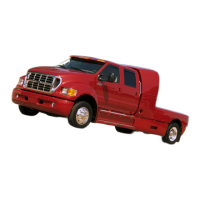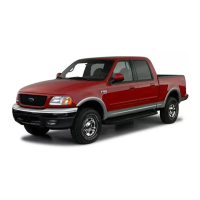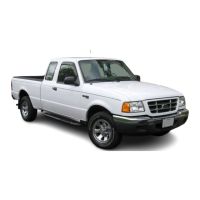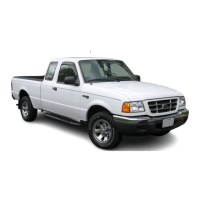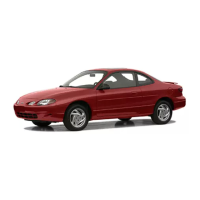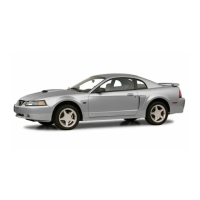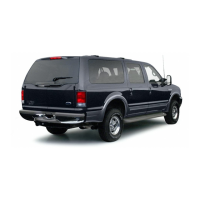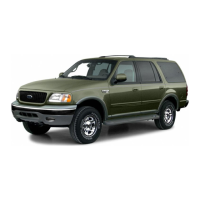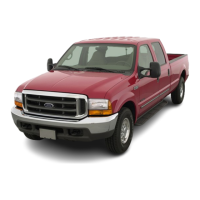
 Loading...
Loading...
Do you have a question about the Ford 2001 F350 and is the answer not in the manual?
| Brand | Ford |
|---|---|
| Model | 2001 F350 |
| Category | Automobile |
| Language | English |
Explains various warning lights and their meanings on the instrument panel.
Details the function and operation of various vehicle gauges like fuel, coolant, and oil pressure.
Details how to use and set the cruise control system for maintaining vehicle speed.
Provides essential information and precautions regarding the proper use of safety belts and child restraints.
Explains the function, precautions, and operation of the vehicle's airbag system.
Offers guidance on selecting and properly installing child safety seats and using safety belts for children.
Provides instructions on safely changing a flat tire, including tool locations and procedures.
Guides on how to safely jump-start a vehicle using jumper cables and another vehicle.
Explains how to check and add engine oil, including important precautions and specifications.
Details how to check and add brake fluid, emphasizing safety and the correct fluid type.
Covers checking and adding engine coolant, including concentration, levels, and fail-safe cooling information.
